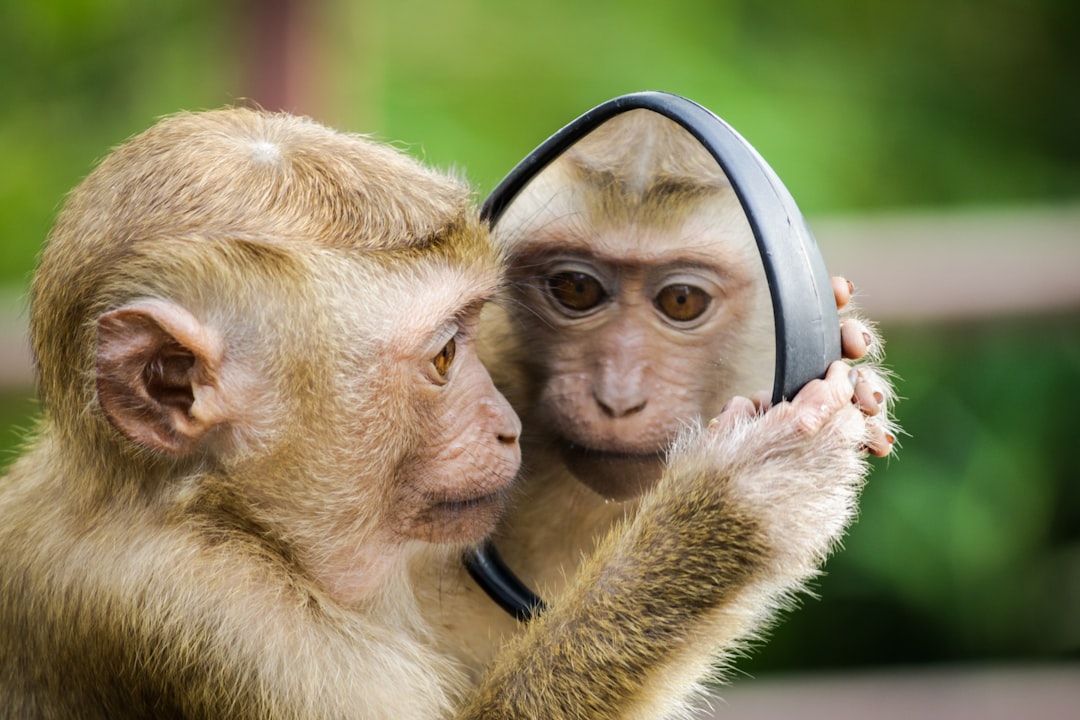What is it about?
This article focuses on three unique products circulating in eighteenth-century marketplace - castor, mammoth tusks, and asbestos – and highlights the role of naturalists working for the Royal Society in London and at the Russian Academy of Sciences in St. Petersburg in promoting the consumption of these goods. When these Siberian markets reached European markets, naturalists explored their origins and suggested potential uses. When these products were later discovered in the British colonies, the scientific debates between London and St. Petersburg only gained new urgency, inspiring arguments about authenticity and efficaciousness.
Featured Image

Photo by April Pethybridge on Unsplash
Why is it important?
For castor, tusks, and asbestos, naturalists from multiple countries, employed by Britain and Russia, were deeply enmeshed in the production of knowledge. This was not an abstract process of discovering new information to further science, but deliberate investigations of products that held commercial value, which scholars frame as “bioprospecting.” In each case, this was not driven by the ability to discover new products as much as to find replacements or alternatives to existing ones.
Perspectives
This article is part of a larger project on goods that failed to transition to the modern, industrial era. I hope to be able to highlight the ways in which resources from the natural world were steadily replaced or rejected, to the detriment of sustainable solutions.
Matthew P Romaniello
Weber State University
Read the Original
This page is a summary of: Could Siberian ‘Natural Curiosities’ Be Replaced? Bioprospecting in the Eighteenth-Century, Early Science and Medicine, September 2022, Brill,
DOI: 10.1163/15733823-20220046.
You can read the full text:
Resources
Contributors
The following have contributed to this page










